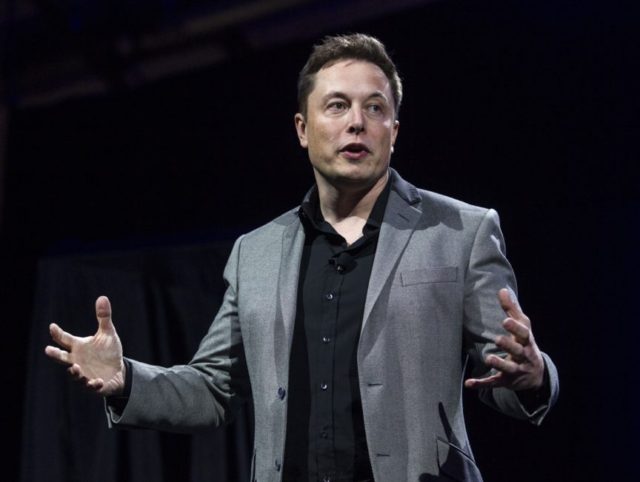Tesla burned $13 million more cash per day to achieve record deliveries of just 12 more cars per day in a dismal third quarter.
Elon Musk announced on October 2, after the close of trading on Wall Street, that Tesla Inc. reported its “all time best quarter” with record deliveries of 26,150 vehicles, including 14,065 Model S sedans; 11,865 Model X SUVs; and 220 Model 3 economy cars. But that was a huge disappointment to analysts that had expected about 1,380 more deliveries, with a value of about $69 million. Tesla stock dropped 1.7 percent in after-hours trading.
Breitbart News reported in June 2016 that despite Tesla never meeting any of its production targets or making a profit in the last five years, CEO Elon Musk told shareholders at the company’s annual meeting that through “physics-first-principles,” Tesla would shape a new mode of industrial production to improve efficiency by “factors of 10 or even 100 times.” Musk said Tesla’s key advantage in building all-electric vehicles was limiting the number of moving parts. He noted that internal combustion engines have up to 10,000 parts, while Tesla’s Model S only had 20 moving parts.
But the company’s delivery-to-customers performance over the last four quarters has barely moved: down 25; up 30; down 33 and up 45. To increase the daily delivery rate from 276 a day in the first three months of the year to 288 in the last three months, Tesla has suffered negative cash flow of about $13 million a day. That works out to a burn rate of over $1 million per car to achieve Musk’s “all time best quarter.”
Breitbart News reported in mid-June that Tesla’s only manufacturing plant in Fremont, California, was originally structured in 1984 as the GM/Toyota New United Motor Manufacturing plant (NUMMI), to produce 500,000 Saturn vehicles a year.
In its 1985 initial year production ramp-up, NUMMI employed 2,470 workers to produce 64,764 vehicles, or 26 vehicles per worker per year. By 1997, 4,844 NUMMI workers produced 357,809 vehicles, or 74 vehicles per worker per year.
Tesla began 2016 with 6,000 production workers and finished the year with about 10,000 workers. The company produced 83,922 vehicles during the period. That means that Tesla’s vehicles-per-worker-per-year ranged between 8 and 14, or about one-seventh the efficiency of NUMMI two decades ago.
Musk predicted on Twitter, following the Model 3’s July launch that the company hoped to deliver 1,600 Model 3s in the third quarter. That was consistent with Tesla’s second-quarter financial report, which projected the company would “achieve a rate of 5,000 Model 3 vehicles per week by the end of 2017,” and hit 10,000 per week in 2018.
But Tesla only built 260 and delivered 220 Model 3s for the quarter ending September 30. Tesla’s press release acknowledged the shortfall was due to a few systems at its California production plant and its battery Gigafactory in Nevada, which “have taken longer to activate than expected.”
Tesla emphasized: “It is important to emphasize that there are no fundamental issues with the Model 3 production or supply chain. We understand what needs to be fixed and we are confident of addressing the manufacturing bottleneck issues in the near-term.”

COMMENTS
Please let us know if you're having issues with commenting.